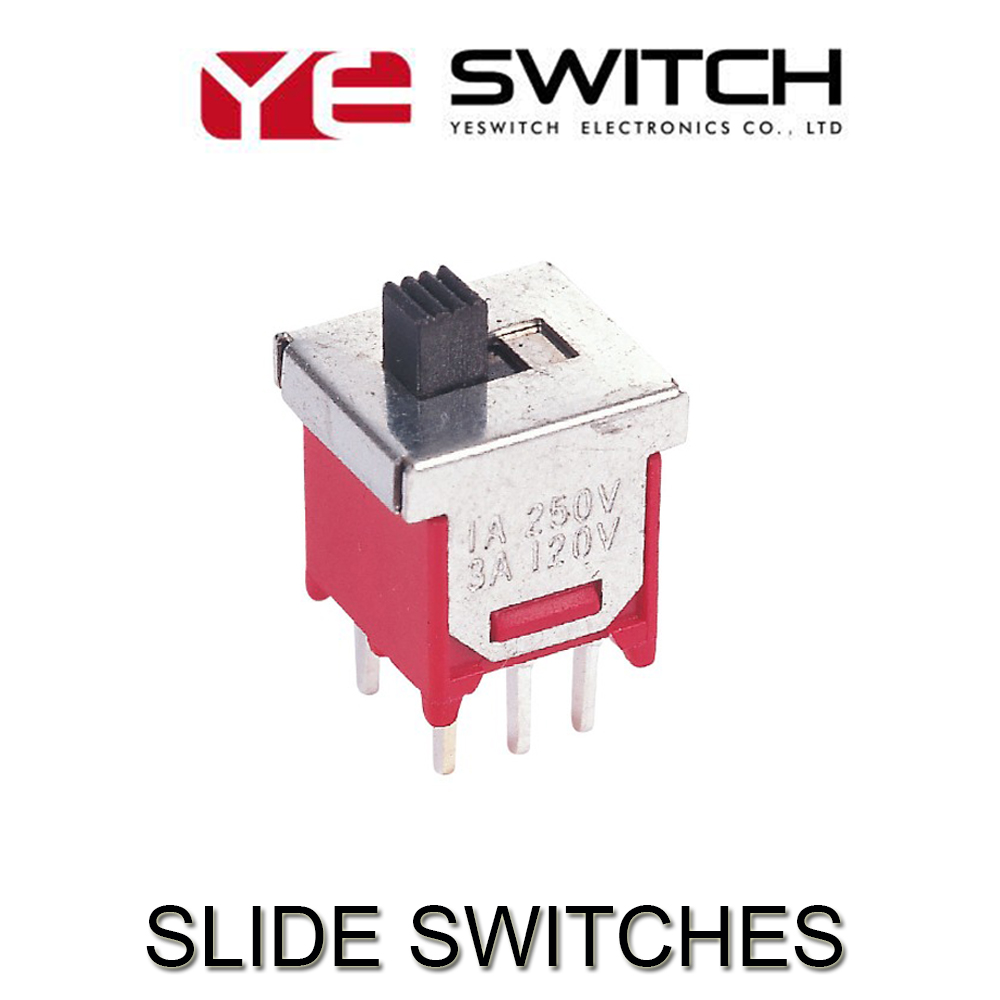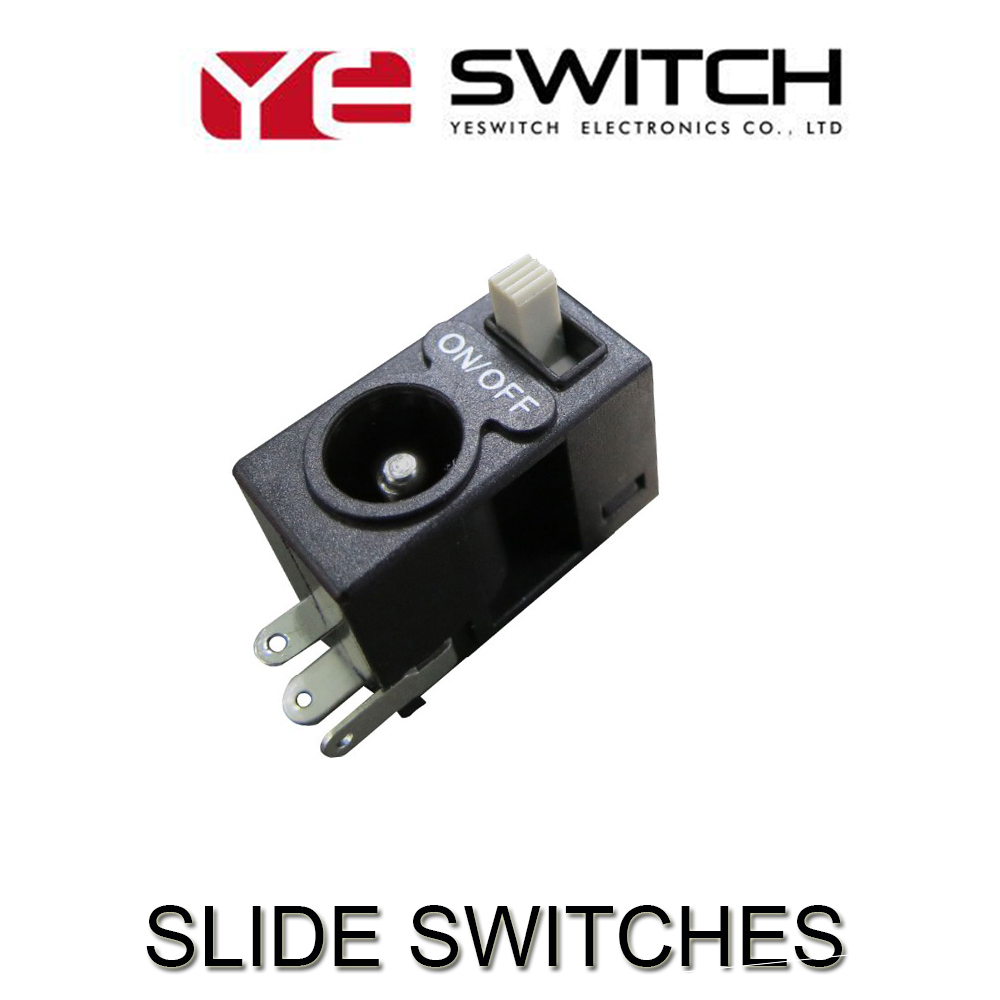High-brightness LEDs are mainly divided into infrared light GaAs systems and AlGaAs systems, red, orange, yellow, and green AlGaInP systems, green and blue InGaN systems, and ultraviolet GaN and AlGaN systems. At present, the blue light efficiency of the InGaN system is already high. Combined with the red and yellow light of the quaternary system, it has begun to be widely used in the fields of lighting, backlight, display, traffic lights and so on. Ultraviolet LEDs have broad market application prospects, and semiconductor ultraviolet light sources have great application value in the fields of lighting, sterilization, medical treatment, printing, biochemical testing, high-density information storage, and secure communications. Infrared LEDs mainly include infrared LEDs with peak wavelengths from 850nm to 940nm, and are widely used in remote controllers, drivers, computer mice, sensors, security equipment, and display backlighting. The driving force for the continued growth of infrared LED demand mainly comes from household appliances, Security systems and wireless communication products.
White light application is an important market for blue LED chips and the most important development direction. It uses blue chips and YAG yellow phosphors to form white light sources. At present, international LED manufacturers have obvious advantages in high-power blue light chips, while domestic LED chip companies have mainly developed in small and medium-power blue light chips, but due to excessive investment in the past few years, overcapacity has caused , Leading to a serious "price war" in the small and medium power blue chip market. For blue LED chips, the main development direction is silicon-based LED chips, high-voltage LED chips, flip-chip LED chips and so on. For the small and medium power LED chip market, the current mainstream market trend is 0.2-0.5W market, and the package form includes 2835, 5630 and COB packages. For other subdivided fields, such as chips with vertical structure, after packaging, they can be used in directional lighting applications, such as flashlights, miner's lamps, flash lamps, spotlights and other lighting products.
Silicon substrate LED chips are gaining attention
At present, the mainstream Blu-ray chips on the market are generally grown on sapphire substrates, of which Japan Niya Corporation is represented; in addition, there is a blue light chip that is grown on a silicon carbide substrate, represented by Cree Corporation of the United States.
In recent years, blue LED chips grown on silicon substrates have received increasing attention. Since the silicon substrate can use the automatic production line of the IC factory, it is relatively easy to adopt the current mature process of the 6-inch and 8-inch line of the IC factory, and the cost of the large-size silicon substrate is relatively low, so the cost of the silicon substrate LED chip in the future It is expected to drop significantly and also promote the rapid penetration of semiconductor lighting. The characteristics of silicon-based LED chips are as follows:
â— Vertical structure, using silver reflector mirror, can make the current distribution more uniform, so as to achieve large current drive;
â— The silicon substrate has good heat dissipation, which is conducive to the heat dissipation of the chip;
â— With Lambertian luminous appearance, uniform light output, easy to perform secondary optics;
â— Suitable for ceramic substrate packaging;
â— Suitable for LED flash and directional lighting applications, can be used in indoor, outdoor and portable lighting markets.
In the development of silicon-based LED chips, Jingneng Optoelectronics has launched low-power silicon-based LED chips in 2009, which are widely used in the field of digital displays. In June 2012, Jingneng Optoelectronics released a new generation of high-power silicon-based LED chip products in Guangzhou, which aroused great attention from the LED industry at home and abroad, and launched four silicon-based large-scale silicon including 28mil, 35mil, 45mil and 55mil. Power LED chips, of which 45mil chip achieves 120lm / w light efficiency, and reached 130lm / w at the end of the year, and the reliability is good. After silicon-based LED chip ceramic packaging, compared with internationally renowned products, it has a good cost performance, which has aroused great interest from domestic and foreign packaging plants and LED Lamp manufacturers. According to reports, Sharp and Puri also announced the mass production of silicon-based white-light chips by the end of 2012, and launched two white-light chips. In addition, major manufacturers including Samsung, Osram, and Jingdian are also actively engaged in silicon-based LED chips. Research.

The LED market is in a stage of rapid development, and the further reduction in the cost of LED chips will promote semiconductor lighting into the whole family. Due to the low cost of silicon substrates and the mature manufacturing process of IC factories, with the continuous development of 6-12 inch large-size silicon-based LED technology, silicon-based LED technology will have huge advantages in reducing costs and improving production efficiency. This will have a major impact on the LED industry.
Development bottleneck faced by high-brightness chips
At present, the further development of the semiconductor lighting market requires that the light efficiency of blue LED chips should be continuously improved and the cost must be continuously reduced. At present, Cree LED chips based on silicon carbide have achieved mass production of 200lm / w luminous efficacy products, and the R & D level of luminous efficacy can reach 276lm / w. In this competition of LED chip cost reduction and light efficiency improvement, we are currently encountering the following development bottlenecks.
The first is the Droop effect of the Blu-ray chip. Under the condition of high current density, the external quantum efficiency of the light-emitting diode will decrease. Some experiments have shown that the Droop effect is caused by various reasons including the Auger effect. This effect limits the use of blue light chips at high current density, thus Hindered the decline in lumen costs.
The second is Green Gap and Red Gap. When the wavelength goes from blue light to green light band, the quantum efficiency of LED will drop, for example, the quantum efficiency of green light at 530nm drops quickly; for red light, the internal quantum efficiency in the deep red spectrum can reach 100%, but it is ideal For the orange-red light emitting wavelength (such as 614nm) in the white light source, its efficiency drops rapidly. These effects limit the improvement of the light efficiency of green and red chips, and delay the production of high-quality white light in the future. In addition, the efficiency of green and yellow LEDs is also affected by their own polarization field, and this effect will become stronger with higher indium atom concentration.
The third is the problem of epitaxial heterogeneous growth. Due to the defects in the crystal during epitaxial growth, a large dislocation density and defects are formed, which leads to a decrease in light efficiency and a decrease in life. At present, no matter whether the technology of blue silicon chip is silicon carbide, sapphire, or silicon substrate is heteroepitaxial, there is a lattice mismatch between the substrate and the epitaxial crystal, which leads to dislocation. At the same time, the temperature drop process after epitaxial growth due to the difference in thermal expansion coefficient Thermal stress is generated during the process, resulting in defects, cracks, and wafer bending in the epitaxial layer. The quality of the substrate directly affects the crystal quality of the epitaxial layer, thereby affecting the light efficiency and lifetime. If a GaN homogenous substrate is used for epitaxial growth and non-polar technology is used, the defects of the active layer can be minimized, and the current density of the LED chip is 5-10 times higher than that of the traditional chip, which greatly improves the luminous efficiency. According to reports, the new nPola product developed by Seoul Semiconductor using a homogenous substrate has a brightness 5 times higher than the current LED in the same area, but the GaN homogenous substrate is still too expensive for LEDs.
In general, in the future development of blue LED chips, flip chips, high voltage chips, silicon-based chips, etc. are the main development trends in the future. The flip chip can increase the injection current due to good heat dissipation, and can improve the reliability of the product in the application process without wire bonding; the high voltage LED chip can improve the power conversion efficiency because it can more closely match the supply voltage, plus the custom IC power supply, the most Suitable for LED bulbs; silicon-based LED chips can be epitaxially grown on 6-inch or 8-inch silicon substrates, which can greatly reduce the cost of LEDs, thereby accelerating the advent of the era of semiconductor lighting applications. For other colors, there is still much room for improvement in the light efficiency of red LED chips and green LED chips. With the further improvement of the light efficiency of red and green LED chips, the future white light may not necessarily be the current blue light The form of LED chip plus yellow phosphor may also be RGB or other forms, and the packaging method of white light may also change greatly in the future.
Slide Switches
The Slide Switches is used to switch the circuit by turning the switch handle to turn the circuit on or off. It is different from our other serious switches, for example, Metal Switches , Automotive Switches, Led Light Switches, Push Button Switches, Micro Switches, The commonly used varieties of Miniature Slide Switches are single pole double position, single pole three position, double pole double position and bipolar three position. It is generally used for low voltage circuits, featuring flexible slider action, stable and reliable performance. Mainly used in a wide range of instruments, fax machines, audio equipment, medical equipment, beauty equipment, and other electronic products.

The Mini Slide Switches are divided into: low-current slide switches (right), and high-current slide switches (left). Small current slide switches are commonly used in electronic toys, digital communications. High current is generally used in electrical appliances, machinery, etc.

It can divided into 4 types modals, respectively are:
1. High-current sealed switch
Its rated current is as high as 5A, and it is sealed with epoxy resin. It is a large current sealed switch. It has a variety of terminal forms, contact materials are silver, gold, switching functions. Therefore, there are many types of subdivisions. Widely used in electrical appliances and machinery
2. Single sided snap-on surface mount type slide switch
The actuator is operated on the side and the pins are patch-type, so it is a unilateral spring-back surface mount type slide switch. Widely used in communications, digital audio and video
3.4P3T in-line slide switch
The contact form is 4P3T and the pin is in-line. It is 4P3T in-line slide switch. 4P3T determines that it has 8 pairs of pins. At the same time, there are two pairs of brackets that support, fix, and ground. Widely used in building automation, electronic products
4.Long actuator jacking type slide switch
Actuator 12mm, and located at the top of the switch, it is a long actuator jacking type slide switch. Widely used in digital audio and video, various instruments / instrumentation equipment
Slide Switches
Slide Switches,Micro Slide Switch,2 Position Slide Switch,Momentary Slide Switch
YESWITCH ELECTRONICS CO., LTD. , https://www.yeswitches.com